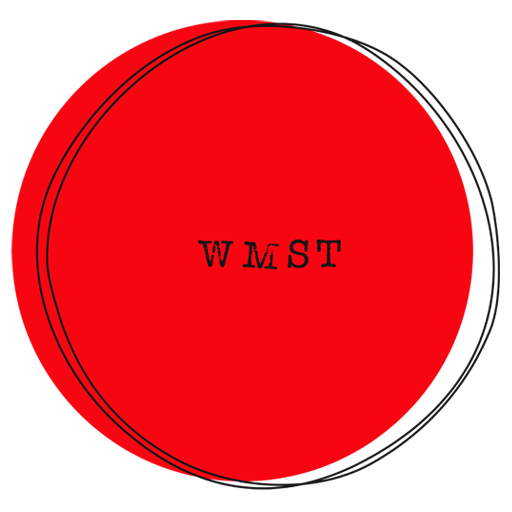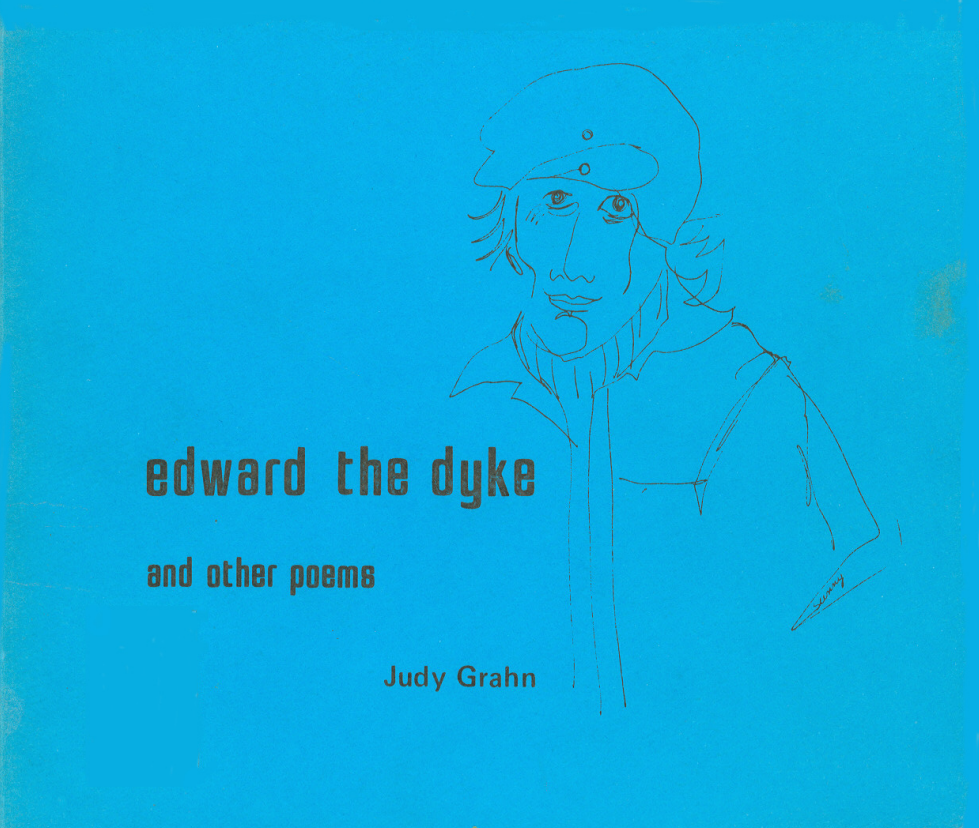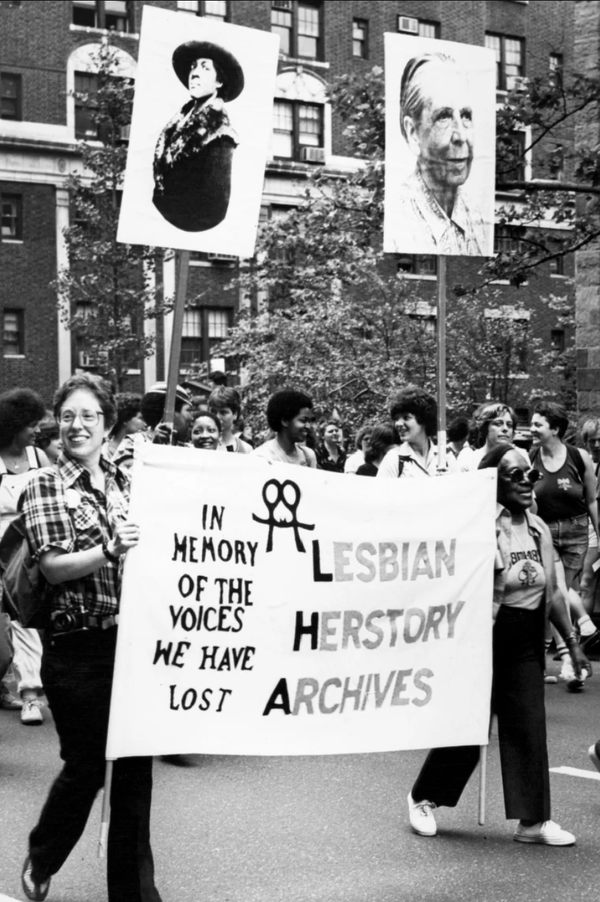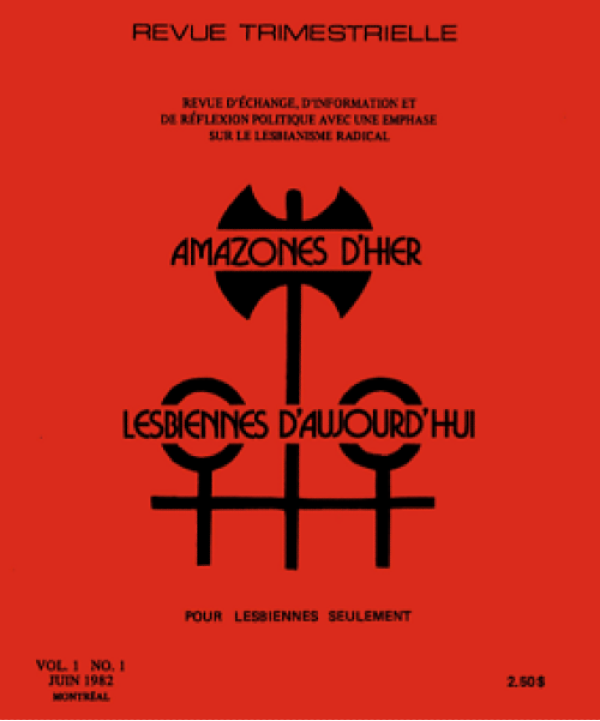For a list of Sapphic Circle meeting dates in July & August, please click here.
Sapphic Circle is a space for lesbians to come together for thoughtful discussions on a variety of topics. We seek to build lesbian community through engaging in lesbian ideas, politics, media, and more!
Some lesbians see their sexuality as inherently political, others see it as mere fact of their biology and many seem to land somewhere in the middle. This week, we will be exploring to what extent lesbianism necessarily flies in the face of patriarchal institutions and in what ways lesbianism is simply a sexual orientation, divorced from any particular power dynamic.
Here are three writings by lesbians that explore the topic from different perspectives. First, a poem by Judy Grahn from 1971. Next, an essay from Adrienne Rich that she recited at the New York Lesbian Pride Rally on June 26th, 1977. And lastly, a chapter from This Bridge Called My Back, 1981, from essayist, poet and academic, Cheryl Clarke.
A History Of Lesbianism
By Judy Grahn (1971)
How they came into the world,
the women-loving-women
came in three by three
and four by four
the women-loving-women
came in ten by ten
and ten by ten again
until there were more
than you could count
they took care of each other
the best they knew how
and of each other’s children,
if they had any.
How they lived in the world,
the women-loving-women
learned as much as they were allowed
and walked and wore their clothes
the way they liked
whenever they could. They did whatever
they knew to be happy or free
and worked and worked and worked.
The women-loving-women
in America were called dykes
and some liked it
and some did not.
they made love to each other
they best they knew how
and for the best reasons
How they went out of the world,
the women-loving-women
went out one by one
having withstood greater and lesser
trials, and much hatred
from other people, they went out
one by one, each having tried
in her own way to overthrow
the rule of men over women,
they tried it one by one
and hundred by hundred,
until each came in her own way
to the end of her life
and died:
The subject of lesbianism
is very ordinary; it’s the question of
male domination that makes everybody
angry.
The Meaning Of Our Love For Women Is What We Constantly Have To Expand
by Adrienne Rich (1977)
... Before any kind of movement existed, or could exist, lesbians existed: women who loved women, who refused to define themselves in relation to men. Those women, our foresisters, millions of whose names we do not know, were tortured or burned as witches, slandered in religious or later in "scientific" tracts, portrayed in art and literature as bizarre, amoral, destructive, decadent women. For a long time, the lesbian has been a personification of feminine evil.
Lesbianism: An Act Of Resistance
by Cheryl Clarke (1981)
For a woman to be a lesbian in a male-supremacist, capitalist, misogynist, racist, homophobic, imperialist culture, such as that of North America, is an act of resistance. (A resistance that should be championed throughout the world by all forces struggling for liberation from the same slave master.) No matter how a woman lives out her lesbianism - in the closet, in the state legislature, in the bedroom - she has rebelled against becoming the slave master's concubine, viz. the male-dependent female, the female heterosexual. The rebellion is a dangerous business in patriarchy. Men at all levels of privilege, of all classes and colors have the potential to act out legalistically, moralistically, and violently when they cannot colonize women, when they cannot circumscribe our sexual, productive, reproductive, creative prerogatives and energies. And the lesbian - that woman who, as Judy Grahn says, "has taken a woman lover" - has succeeded in resisting the slave master's imperialism in that on sphere of her life. The lesbian has decolonized her body. She has rejected a life of servitude implicit in Western, heterosexual relationships and has accepted the potential of mutuality in a lesbian relationship - roles notwithstanding.
However, there is no one kind of lesbian, no one kind of lesbian behavior, and no one kind of lesbian relationship. Also there is no one kind of response to the pressures that lesbians labor under to survive as lesbians. Not all women who are involved in sexual-emotional relationships with women call themselves lesbians or identify with any particular lesbian community... Many women are politically active as lesbians, but may fear holding hands with their lovers as they traverse heterosexual turf.
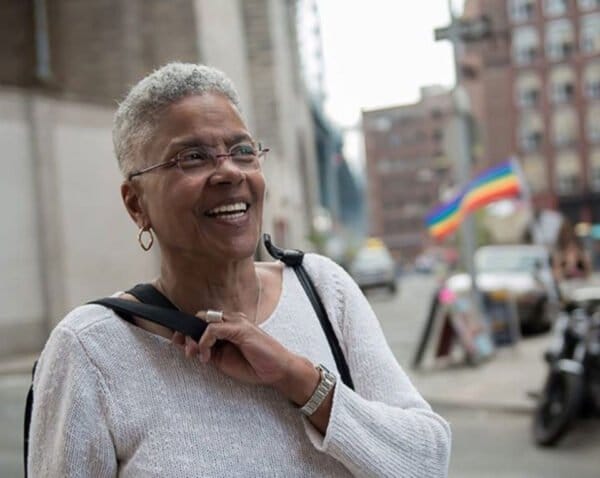
Questions To Consider
- In what ways is being a lesbian inescapably anti patriarchal?
- What role does intention play in the politicizing of lesbianism?
- To what extent does self-definition or self-perception impact how lesbianism does or doesn't play into patriarchy?
- How do you feel about the mainstreaming of lesbianism, as it relates to patriarchal power dynamics?
- What do you think of the distinction between "lesbian" and "lesbian feminist"?
- Was there a point in your life when your feminist analysis became inextricably linked to your sexual orientation?
References
Grahn, Judy. (1971). A history of lesbianism. In edward the dyke and other poems. Self-published.
FAQs & Code of Participation
If you have questions, please read over Sapphic Circle's Frequently Asked Questions and review our Feminist Code Of Participation.
